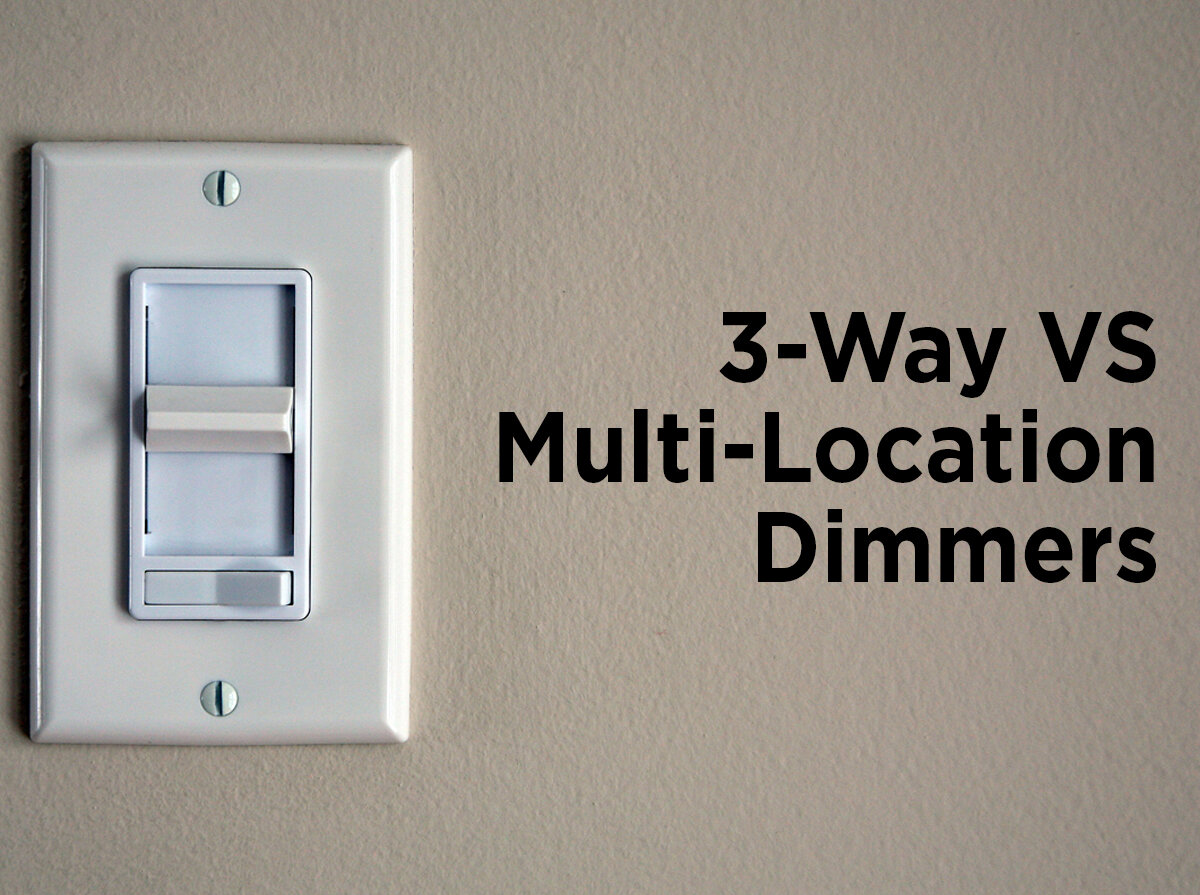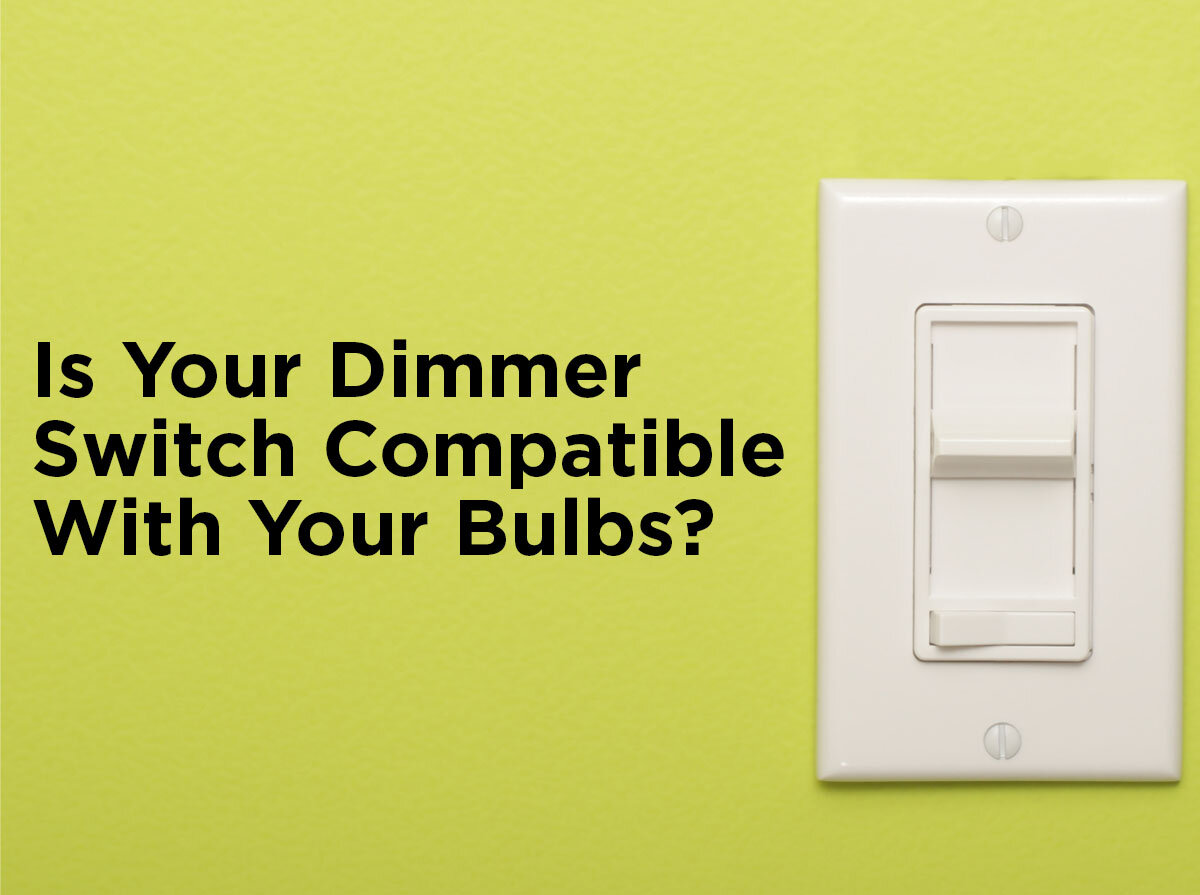Bulbs Seem Dim? Measured vs. Perceived Light
Would it surprise you to learn that when you dim the lights, you perceive the room as brighter than it actually is? This can cause frustration if you can’t lower the lights enough for a movie night or you’re aiming for a certain effect with an art installation. However, it can also be beneficial in that you don’t have to have the lights running at 100% to still have enough light in a room. The difference between visible light and measured light levels may be confusing at first, but we’re here to help you dim the lights to your desired level.
Have you ever walked into a dark room and needed to wait for your eyes to adjust? As the available light gets lower, our pupils expand, letting our eyes take in more light. This difference between measured light and the light perceived once your eyes have adjusted is more drastic the further the lights are dimmed. Lights dimmed to 50% are perceived as only being dimmed to 70%. When dimmed to 10%, the light is perceived as only being dimmed to 32%, making a space three times brighter than desired. If the goal is to get the lights down low, that’s not a good thing, but if you’re trying to conserve energy, it’s an amazing thing.
Think about an office full of cubicles. Lights are spaced every one to three tiles apart for even light distribution throughout the room. Chances are the lights are putting out more light than people need or want to work. Too much light can actually cause eye strain and fatigue. In a new installation, try starting with the lights at 80%. Adjust the lights down 1-2% a day until you hear a complaint. Increase the brightness up 5-6% just to be safe and you’ve got your lights at an appropriate level.
If you have a dimmer with a slide switch, adjusting for the difference between perceived light and measured light isn’t an issue because you can manually slide the switch down until you have the light as low as you want. If you have a smartphone app that dims by percent or have someone programming levels for an office or commercial setting, you can take a look at this chart from Lutron.
Something to note: not all lights dim equally. Some light bulbs only dim to 10% measured light or 32% perceived light levels. This dimming range is common for most light management applications in residences and commercial spaces where very low light levels aren’t needed. Dimmable fluorescents are more likely to have a limited dimming range while incandescents and some LEDs are able to dim down all the way to 1% measured light, meaning 10% perceived light levels. If that’s important to you, check the specs on a light bulb before you buy or give us a call at 1-800-624-4488 for assistance.
Still have questions about how to get your light levels down low or maximize light efficiently for your commercial building? Ask us in the comments section below and be sure to follow us on Facebook, Twitter, LinkedIn, or Pinterest for more tips and tricks on enhancing the lighting in your home and business.
Sources
IESNA Lighting Handbook, 9th Edition, (New York; IESNA, 2000), 27-4







